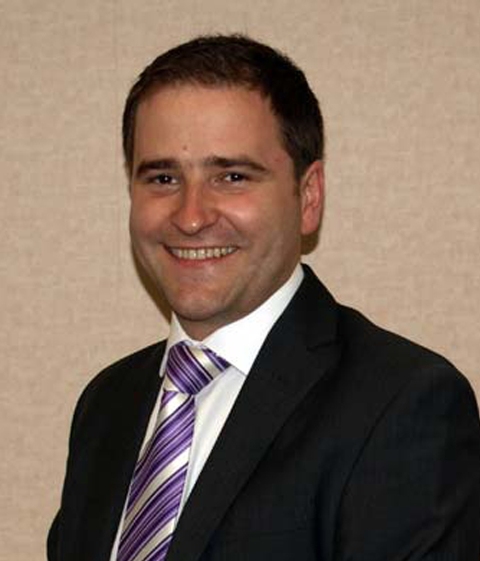 In a flat market it is crucial to look for new markets into which to expand. Drylining contractors have both the tools and the skills to capitalize on the increasing popularity of underfloor heating, writes David Patrick, Marketing Manager for Knauf Drywall.
In a flat market it is crucial to look for new markets into which to expand. Drylining contractors have both the tools and the skills to capitalize on the increasing popularity of underfloor heating, writes David Patrick, Marketing Manager for Knauf Drywall.
Underfloor heating (UFH) is making an ever-bigger headway into theUKmarket and the dry flooring screeds that the gypsum products industry has developed are the ideal partner. The advantages of UFH for the user include reduced heating bills, improved comfort and more usable space because there are no radiators.
Dry flooring screeds make the most of UFH systems. The gypsum fibreboard has excellent thermal conductivity so the heating bills are lower because the user can achieve the same room temperature with a lower heat output. For the same reason, UFH systems laid with dry flooring screeds are far more responsive – they react quickly to changes in the flow temperature. The result is a far more sustainable form of heating because CO2 emissions are much lower.
The bonus for the drylining subcontractor is that dry flooring screeds require just the same tools and skills. Anyone who can put up ceilings and partitions using framing systems and plasterboard will be able to install dry floor screed – it is a light, gypsum fibre board that is just as simple to work with. As a result a drylining contractor can bid for flooring packages with confidence.
These systems are also increasingly popular in large commercial and residential developments because of their advantages over wet screed: they are considerably lighter and they are dry so they do not hold up following trades.
Dry floor screeds can also incorporate acoustic insulation with ease and without complicating the installation. Some incorporate an additional 10mm laminated wood fibre layer that provides high mechanical load resistance and effective footfall sound insulation and removes any need for acoustic battens.
But the great advantage for the dry lining subcontractor is that no specialist trades are required because the boards are manufactured so that boards fit together smoothly and quickly. Panel joints are simply glued together and fastened with screws, producing a solid, level floor that is ready for a wide variety of finishes – and traffic – within hours.
This speed and simplicity of installation also makes dry floor screeds an attractive choice for developers, enabling them to quickly construct a building that offers all the modern features that the market demands.
David Patrick, Marketing Manager, Knauf Drywall
www.knaufdrywall.co.uk


